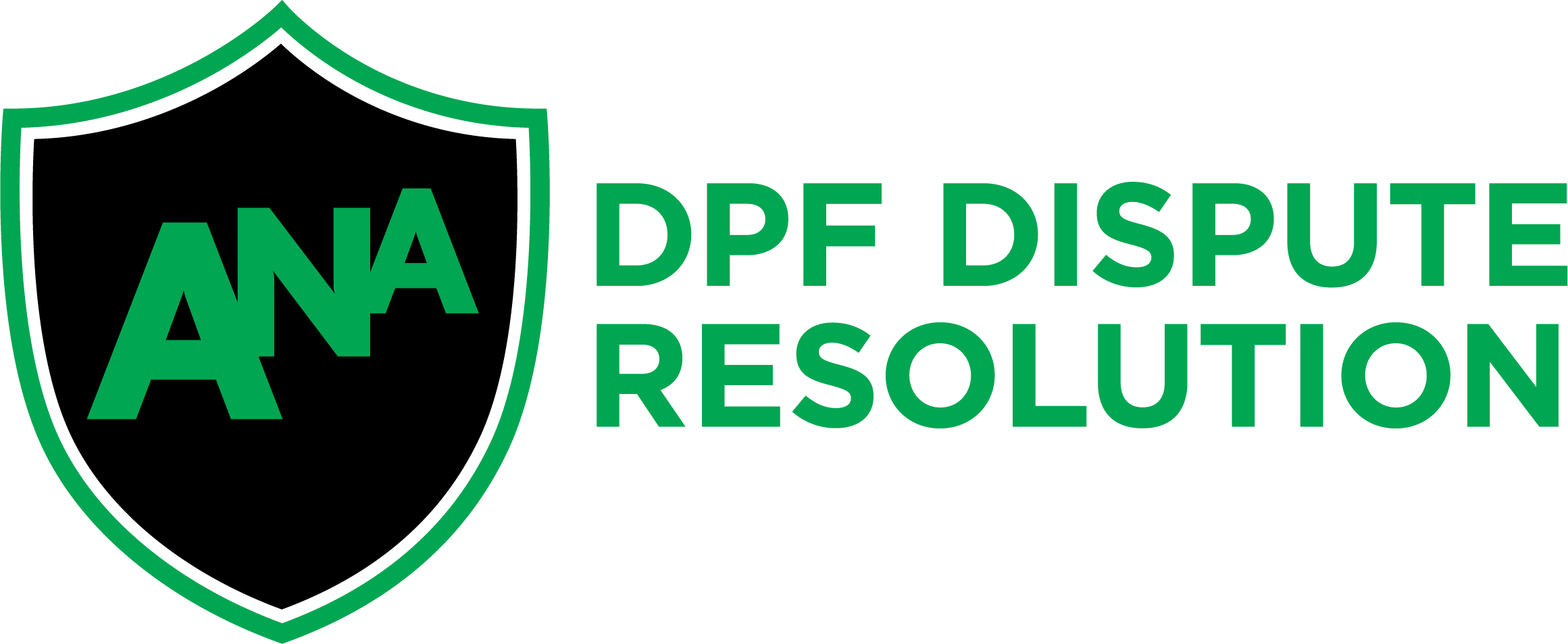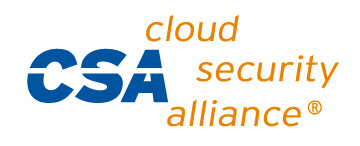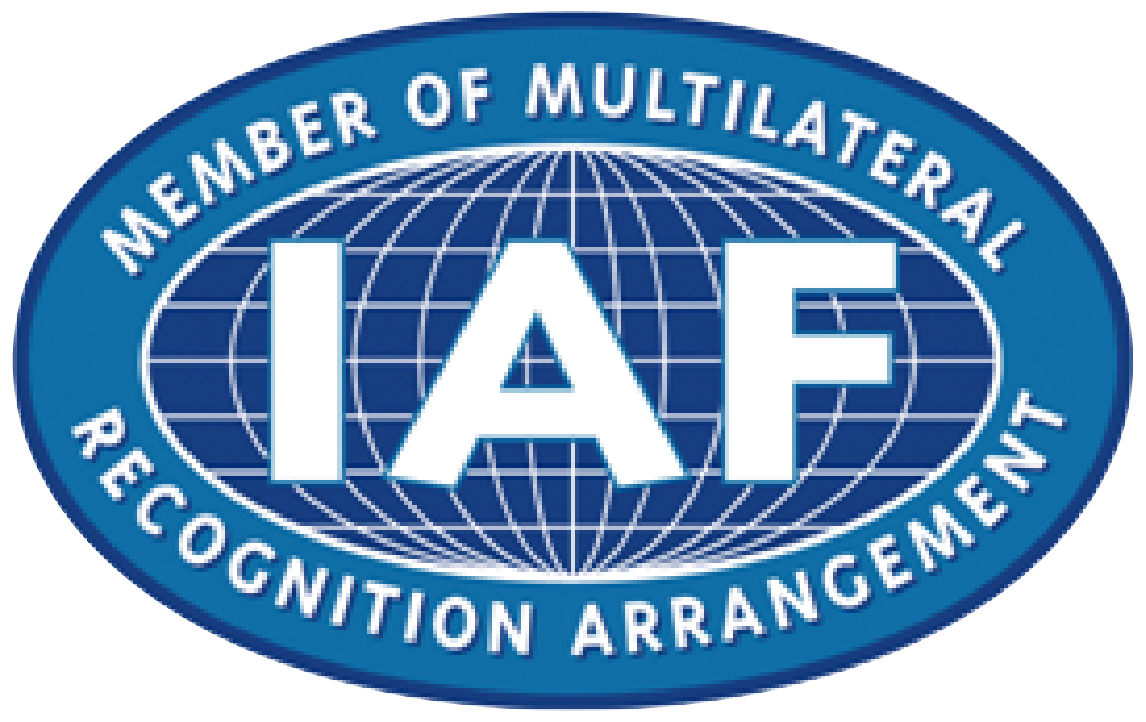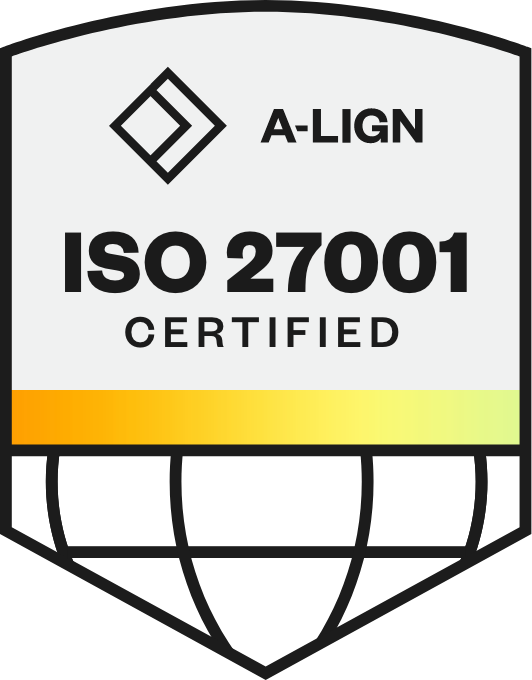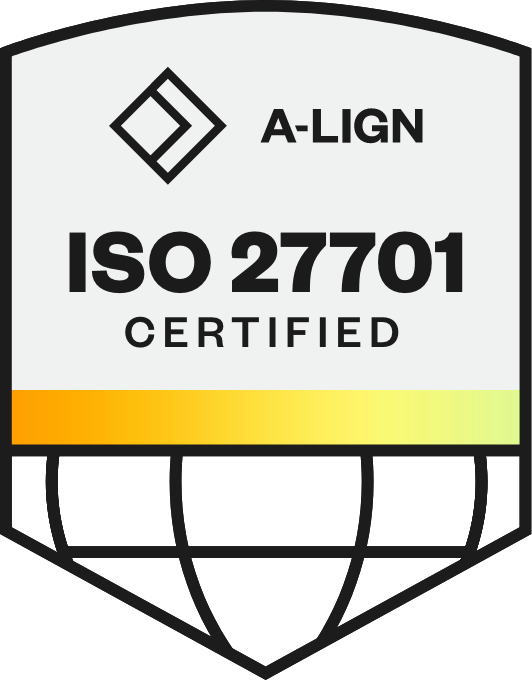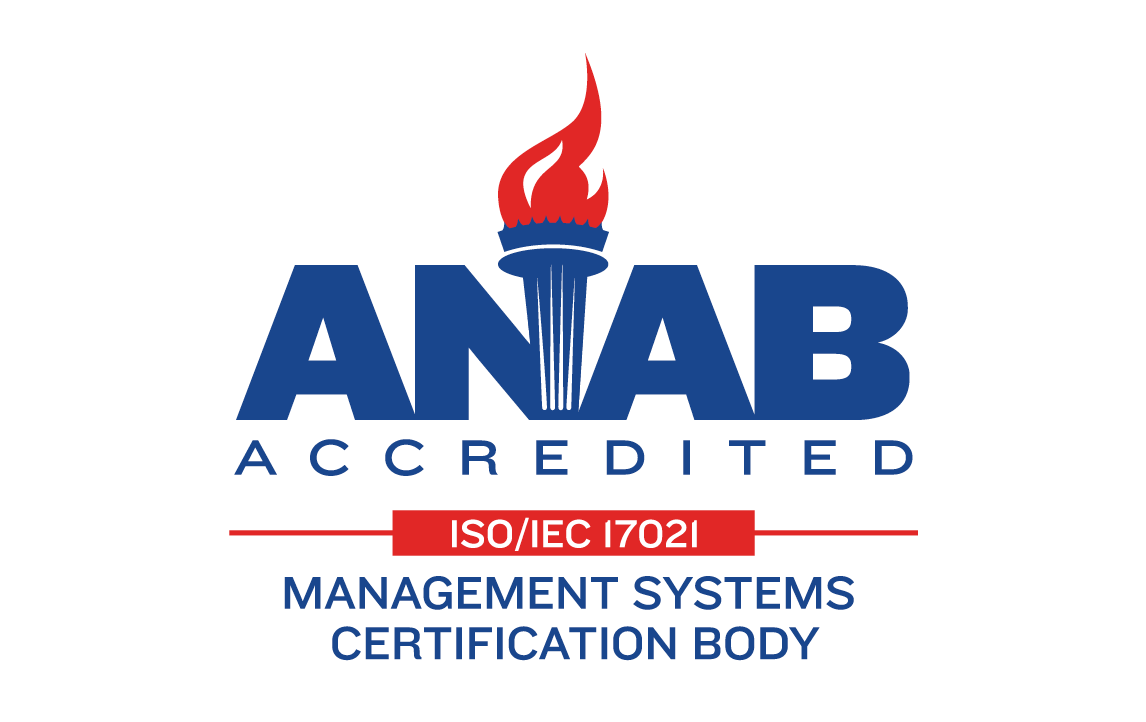
10 Must-Have Features to Look for in Performance Management Software
Workplaces have evolved, and so have the expectations around how teams are evaluated. Traditional annual reviews are evolving to ongoing feedback loops, and performance management software plays a central role in helping HR teams adapt to this shift. According to a Deloitte study, 70% of companies are now rethinking their performance management approach. However, with dozens of performance management solutions flooding the market, choosing the right technology for your team's specific needs presents a significant challenge.
This blog outlines the key capabilities to look for in a performance management platform — features that not only support continuous feedback but also align with broader HR goals like employee growth, engagement, and accountability. Before diving into specific product functionalities, it's worth revisiting the fundamental in today's workplace.
In This Article:
What is Performance Management Software?
Performance management software provides a digital framework for setting goals, tracking progress, facilitating feedback, conducting reviews, and supporting employee development. These platforms have evolved considerably from simple annual review tools into comprehensive ecosystems supporting ongoing performance conversations.
Modern performance management technology creates a continuous feedback loop between managers and employees, promoting transparency and aligning individual contributions with organizational objectives. Rather than focusing solely on past performance, today's systems emphasize future growth and development while maintaining a record of achievements and areas for improvement.
Benefits of Using Performance Management Software
The right performance management software does more than digitize reviews; it helps teams align to organizational goals, grow into their next role, and respond faster to shifting market needs. In fact, organizations that focus on people’s performance see 30% higher revenue growth than their peers. Key benefits include:
Consistent, actionable feedback: Regular check-ins replace annual feedback dumps, making performance conversations more timely, relevant, and easier to act on. This shift encourages continuous improvement and better engagement throughout the year.
Improved visibility: Managers and leaders gain real-time insights into team performance, enabling more responsive coaching and resource allocation.
Support for distributed work: Performance tracking software standardizes processes across locations, making it ideal for hybrid and remote team management.
Enhanced data-driven decisions: Objective metrics and analytics reduce bias in performance evaluations, promotions, and compensation planning. With historical data and clear benchmarks, decisions become more fair and consistent. Advanced systems also give granular detail on skill demand versus supply to help guide development planning.
10 Key Capabilities Every Performance Management Tool Should Have
When evaluating performance management solutions, focus on outcome-driven features that address your organization's specific challenges. Here are ten essential capabilities that distinguish truly effective employee performance management tools:
1. Goal Setting and Alignment Capabilities
Clear goals help employees stay focused, but alignment is just as important. A good tool allows teams to use SMART goals that are specific, measurable, achievable, relevant, and time-bound. It should also connect team and departmental goals to broader company objectives and key results (OKRs) so that individual contributions are visible. When everyone can see how their work fits into the larger picture, it improves collaboration and accountability across roles.
2. Real-Time Feedback and Check-Ins
Annual reviews alone are not enough to support continuous improvement. Tools that enable real-time feedback help managers and peers share input while projects are still in progress. Frequent check-ins create feedback loops that make performance conversations easier and more useful. Platforms that offer mobile or in-app features also encourage participation without disrupting regular work routines.
3. Customizable Performance Review Cycles
Organizations have different needs when it comes to review schedules. Some prefer quarterly reviews, while others follow biannual or project-based timelines. A flexible tool allows you to adjust the review frequency and use templates suited to specific roles. This makes evaluations more relevant and helps managers give better guidance. When the process fits naturally into a team’s regular workflow, it becomes more valuable and less time-consuming.
4. Performance Analytics and Reporting
Data helps teams make informed decisions, but it needs to be easy to interpret and take action on. A strong performance management platform includes real-time dashboards and visual summaries to break down the wealth of data available into digestible and valuable recommendations. These tools can highlight high performers and also flag where additional support may be needed to achieve critical deadlines. Some platforms also include DEI metrics and bias monitoring features, which help organizations take a fair and inclusive approach to performance evaluation.
5. User-Friendly Interface and Manager Adoption
Ease of use plays a big role in whether a tool gets used regularly. A simple, intuitive interface allows managers and team leads to adopt the tool without requiring HR intervention. Common evaluation language and easy onboarding protocols help everyone stay aligned while making it simple to escalate issues or use cases during rollout. Mobile access also allows managers to review or respond on the go, reducing delays and keeping the process consistent.
6. 360-Degree Feedback Tools
Understanding performance from different perspectives creates a more complete picture. Tools with 360-degree feedback options let employees receive input from peers, direct reports, and supervisors. This input can be anonymous or named, depending on the situation. Features like rating calibration also help managers compare evaluations across teams and reduce inconsistencies or bias in scoring.
7. Integration with HRIS and Other Systems
Performance data should not exist in isolation. Choose a tool that can sync with your HRIS, payroll, learning management systems, and applicant tracking systems. This reduces duplicate data entry and helps create a consistent employee record. Many platforms also offer integrations with workflow tools like JIRA or Asana, bringing performance conversations closer to where day-to-day work happens.
8. Development and Growth Planning
Performance tools should support employee growth, not just evaluations. Features that track skills, show career path options, and highlight internal mobility opportunities are essential. Some platforms also suggest personalized learning resources based on performance data. Succession planning tools further support HR in identifying and preparing future leaders within the organization.
Related: The Importance and Benefits of Employee Development: A Guide for HR Professionals
9. Compliance and Data Security
Managing performance data comes with privacy responsibilities. Look for tools that include role-based access controls, so sensitive information is only visible to the right people. Compliance with GDPR, CCPA, and similar regulations is important, especially for global teams. Secure storage and audit trails also help you maintain accurate records and respond to audits or requests when needed.
Related: Navigating AI Ethics: How Phenom Upholds AI Compliance and Legislation
10. Employee Engagement and Sentiment Tracking
Performance data only shows part of the picture. An employee performance management solution that includes employee engagement surveys or pulse checks helps capture how individuals feel about their work, team, and direction. When paired with performance insights, this gives managers a clearer view of what’s driving or holding back individual and team progress.
How to Choose a Performance Management Tool
Selecting the right performance management software is a strategic decision that directly impacts employee development, manager effectiveness, and organizational growth. When evaluating potential solutions, consider these critical assessment factors:
Use Case Fit: Document your specific performance challenges before shopping. Does the solution address your actual pain points, or just offer features?
Change Management Requirements: Assess what training and communication will be needed for successful implementation. The best vendors provide implementation support, not just software.
Adoption Readiness: Request demos specifically for non-HR users, especially frontline managers. Can they navigate intuitively without extensive training?
Reporting Depth: Verify that the system provides actionable insights for different stakeholders without requiring manual data manipulation.
Pilot Possibilities: Explore options for limited rollouts before company-wide implementation. Define clear success metrics for your pilot phase.
Scalability and Interoperability: Consider how the solution will adapt as your organization grows or changes. Can it handle multiple locations, languages, and evolving policies? Will it integrate seamlessly with other systems in your tech stack?
Innovation: Is the platform leveraging the latest technology and features (e.g. AI Agents) to help streamline processes, increase engagement, and provide more comprehensive, visible data?
Common Challenges with Performance Management Technology
Even after choosing the right performance management solution, it’s common to run into challenges during rollout and usage. These bumps in the road are normal, but knowing what to expect can help you handle them early and make adoption smoother across your team. Here are some common challenges to watch for:
Low Adoption Rates: When systems feel burdensome rather than helpful, managers often revert to offline processes. Prioritize user experience over feature abundance.
Privacy Concerns: Employees may resist systems that feel intrusive or lack appropriate confidentiality controls. Transparency about data usage builds trust.
Scalability Limitations: Solutions that work for small teams sometimes falter under enterprise requirements. Consider your three-year growth projections when evaluating options.
Implementation Overload: Attempting to launch too many features simultaneously often leads to confusion and rejection. Plan for phased rollouts of complex capabilities.
FAQs on Performance Management Software
1. What's the difference between performance management and employee engagement software?
Performance management software focuses primarily on goal setting, feedback, and evaluation processes, while employee engagement platforms concentrate on measuring sentiment, facilitating recognition, and gathering employee input. Many modern solutions incorporate elements of both, but their core functionality and reporting capabilities typically emphasize one primary purpose.
2. Do we need a dedicated performance solution if we already use an HRIS?
While many HRIS platforms offer basic performance modules, dedicated performance tracking software typically provides deeper functionality, more intuitive interfaces for non-HR users, and more sophisticated analytics. Evaluate whether your HRIS performance features address your specific challenges or merely provide basic documentation capabilities.
3. How often should we update our performance processes after implementing software?
Plan to review your processes bi-monthly during the first year, quarterly after the first year of implementation, then semi-annually thereafter.
4. What are the 5 elements of a performance management system?
A complete performance management system includes: (1) goal setting and alignment, (2) ongoing feedback and coaching, (3) formal performance evaluation, (4) development planning, and (5) rewards and recognition. Effective systems integrate all five elements rather than focusing exclusively on evaluation.
5.What are the 3 types of performance management systems?
The three primary approaches are: (1) traditional annual review systems focusing on past performance, (2) continuous feedback systems emphasizing regular coaching conversations, and (3) OKR systems centering on measurable goal achievement. Many modern platforms combine elements of all three approaches.
Making the Right Call for Your Team
Selecting the right employee performance management solution requires balancing technical capabilities with practical usability. The most sophisticated system will fail if managers find it cumbersome or employees view it with suspicion.
Before beginning your search, document your non-negotiable requirements and involve actual end-users — particularly managers, in the evaluation process. Request custom demonstrations of performance management technology that reflect your specific workflows rather than generic presentations.
Remember that implementing new performance tracking software represents an opportunity to refresh outdated practices and align your approach with current workforce expectations. The right employee performance management solution doesn't just digitize existing processes — it enables a more dynamic, development-focused performance culture.
Download our Workforce Intelligence Guide to discover how skills-based strategies can enhance your performance management approach and drive meaningful growth for both your employees and organization.
Devi is a content marketing writer who is passionate about crafting content that informs and engages. Outside of work, you'll find her watching films or listening to NFAK.
Get the latest talent experience insights delivered to your inbox.
Sign up to the Phenom email list for weekly updates!



